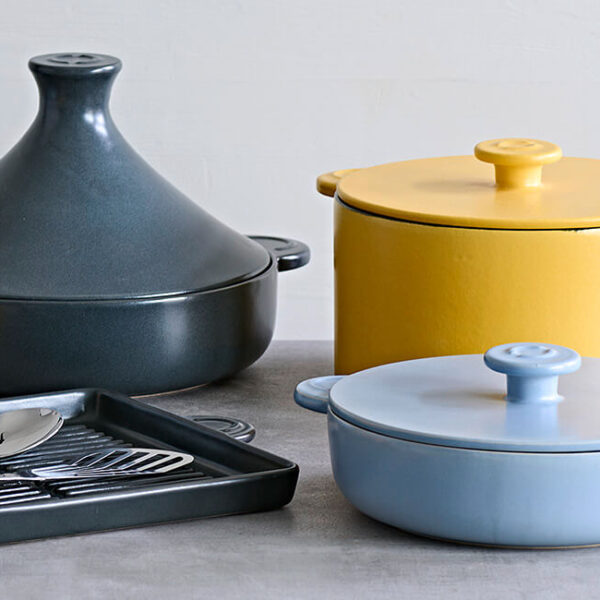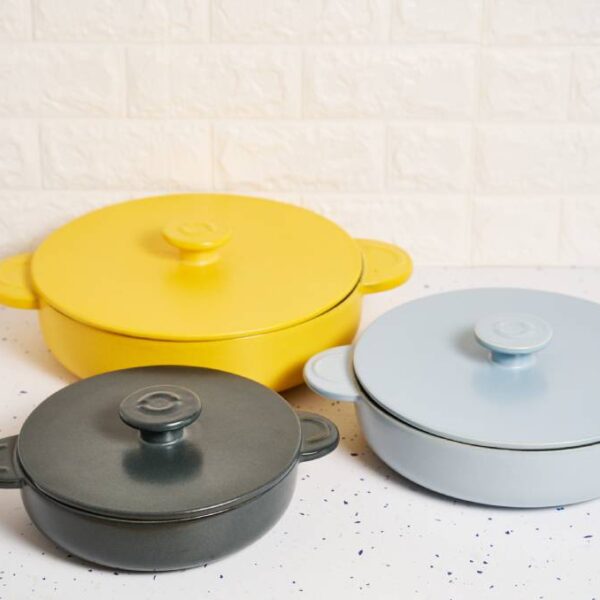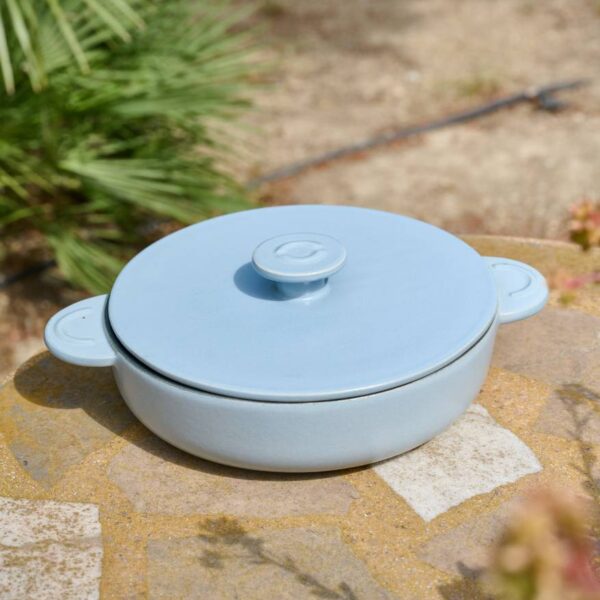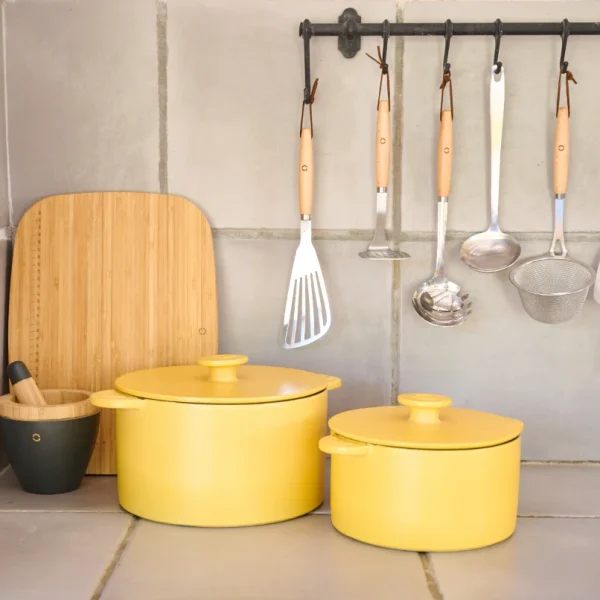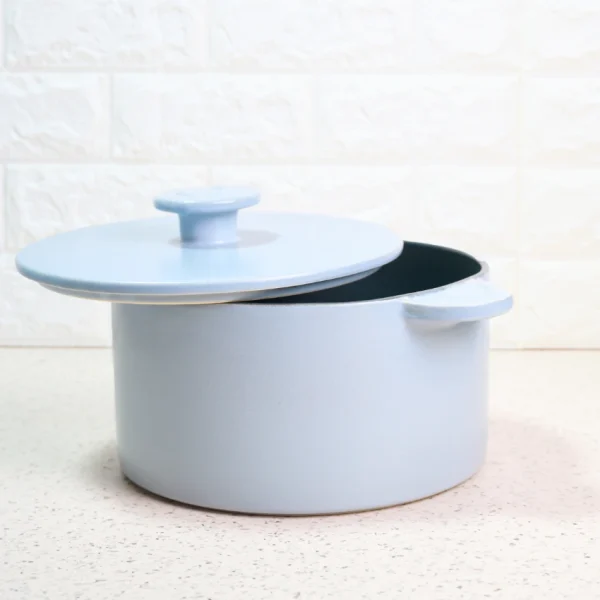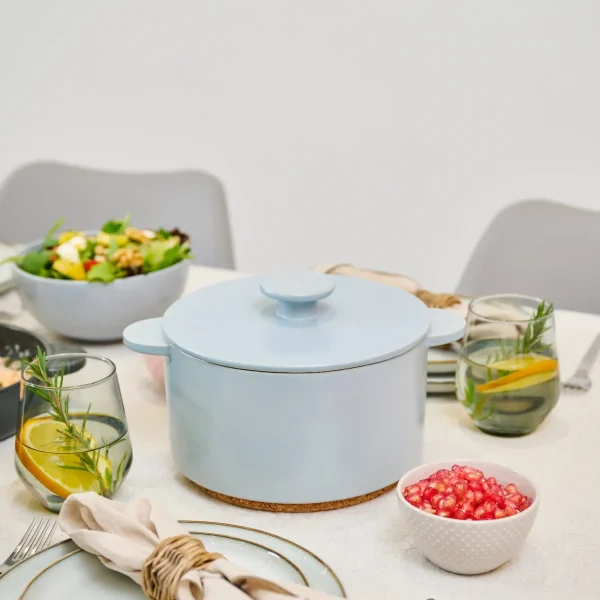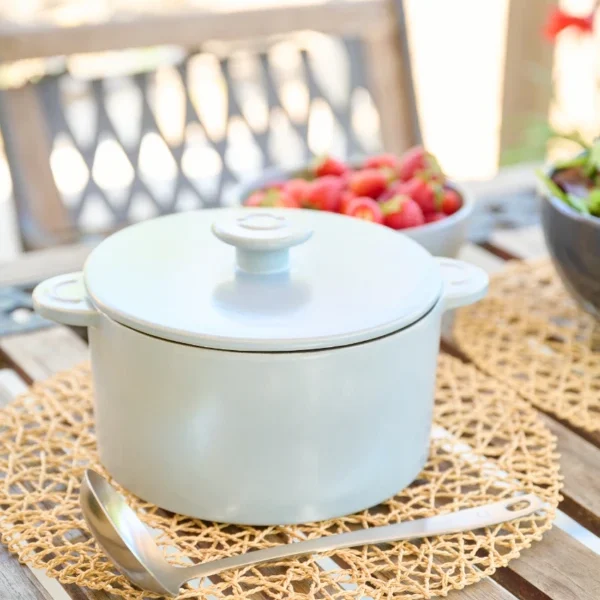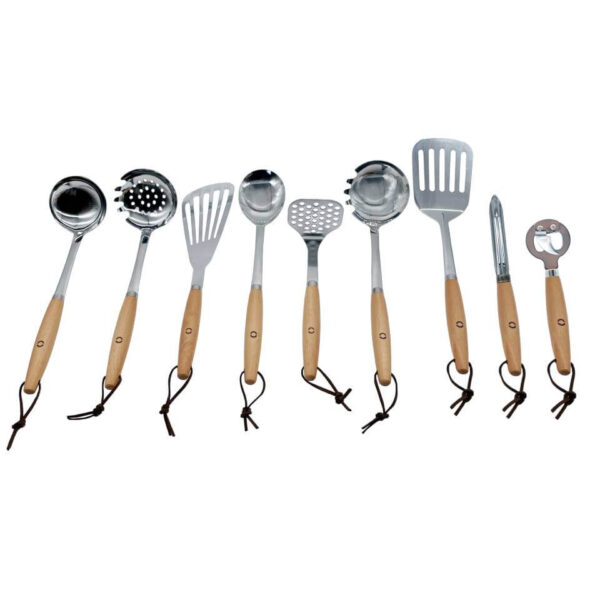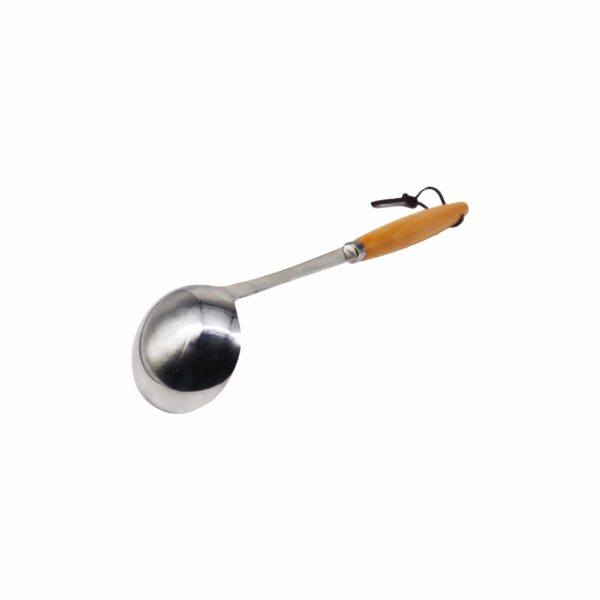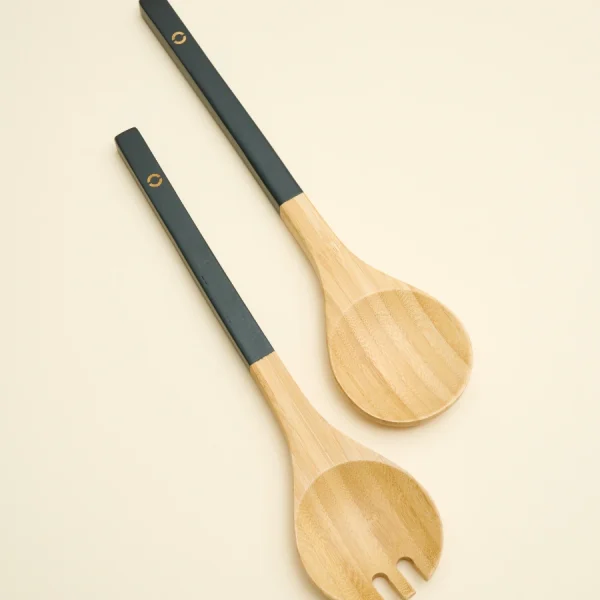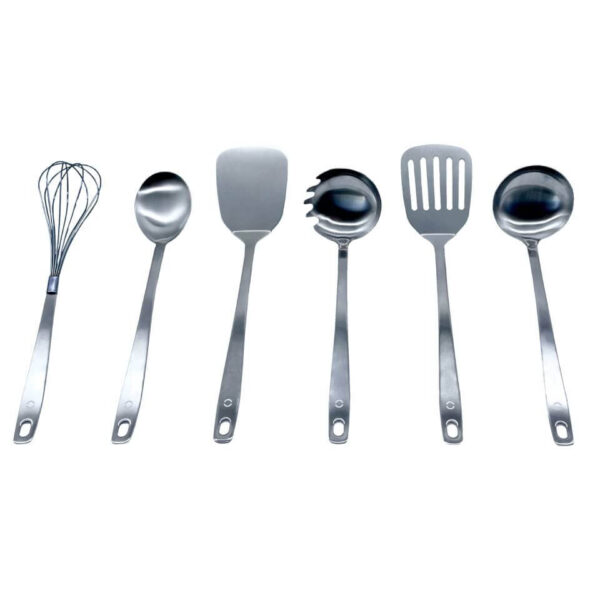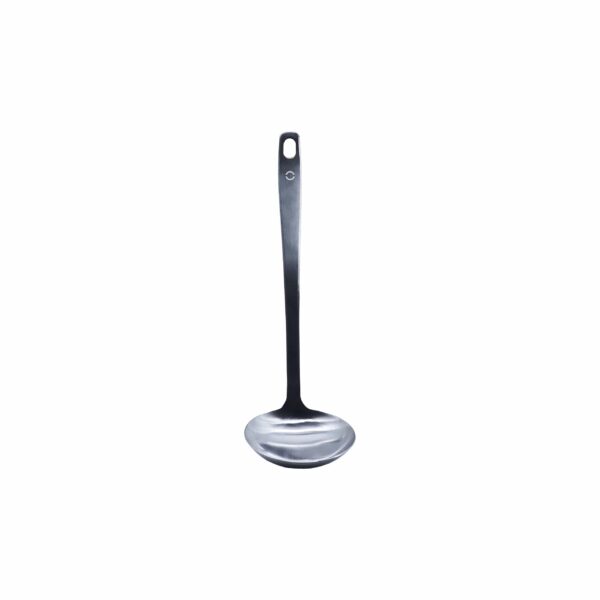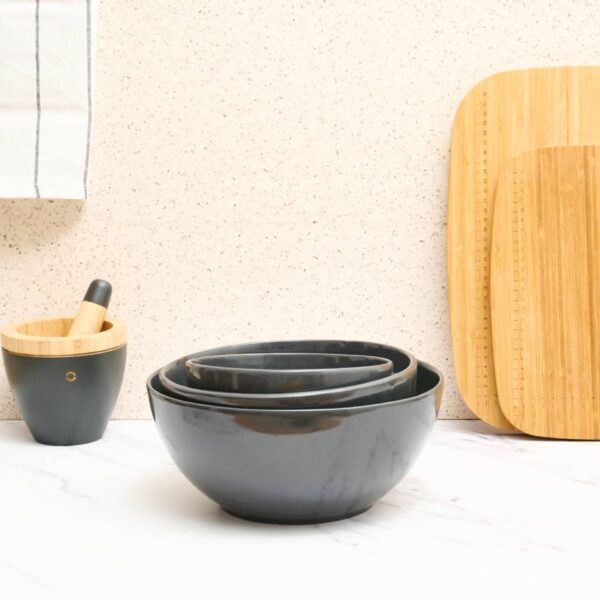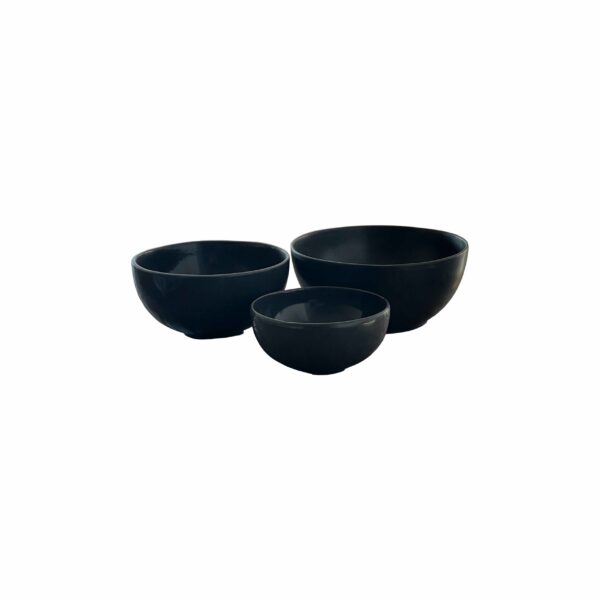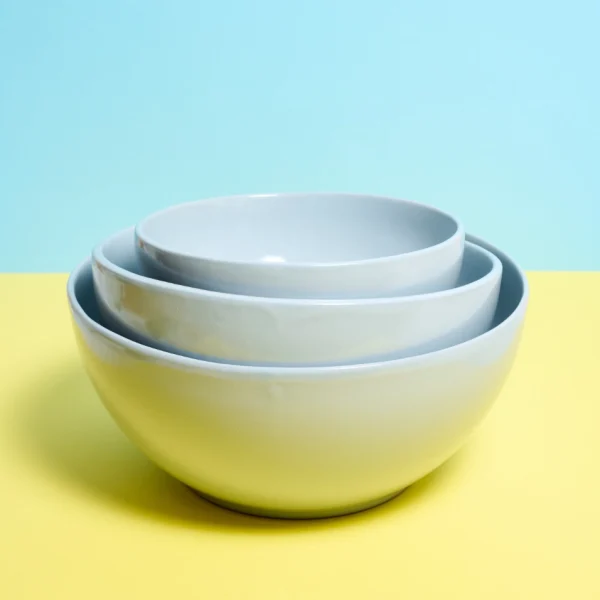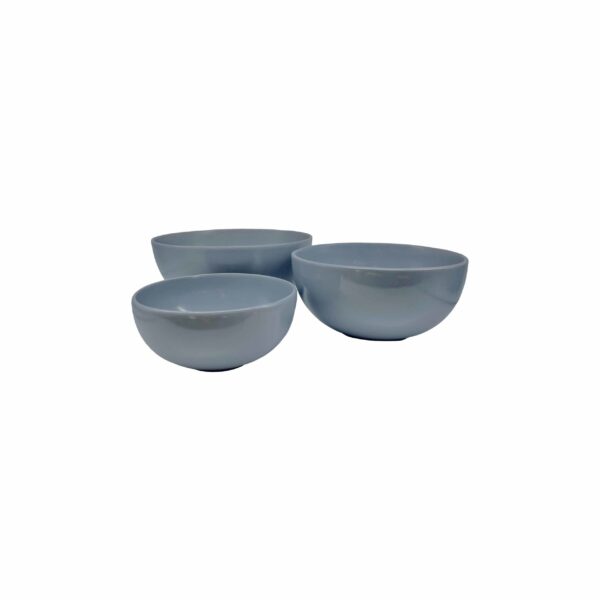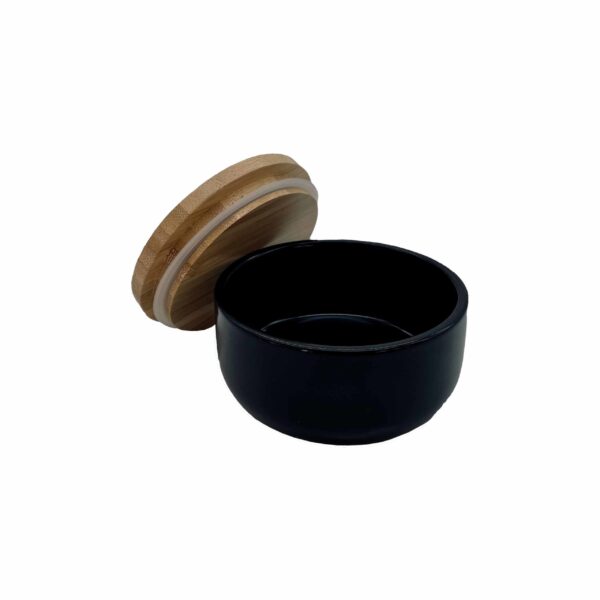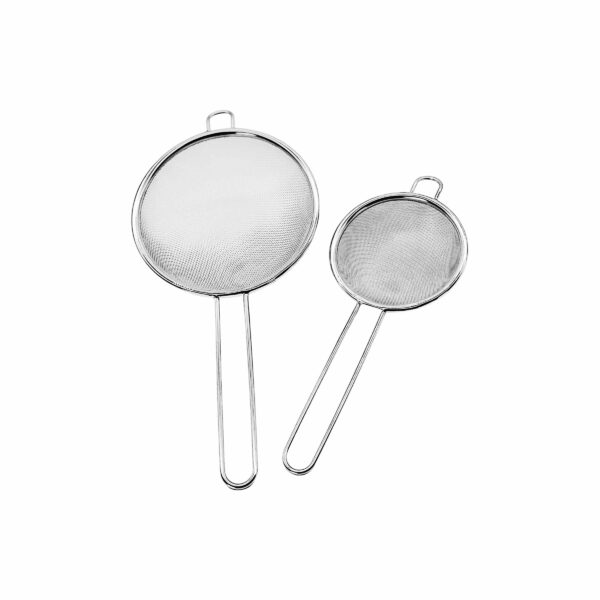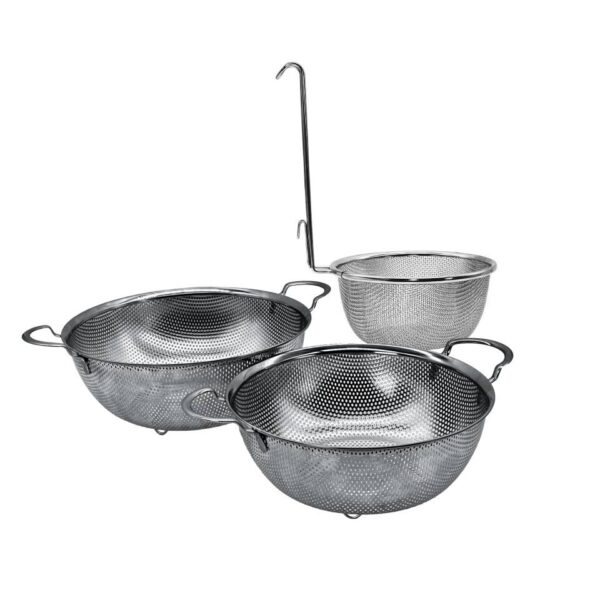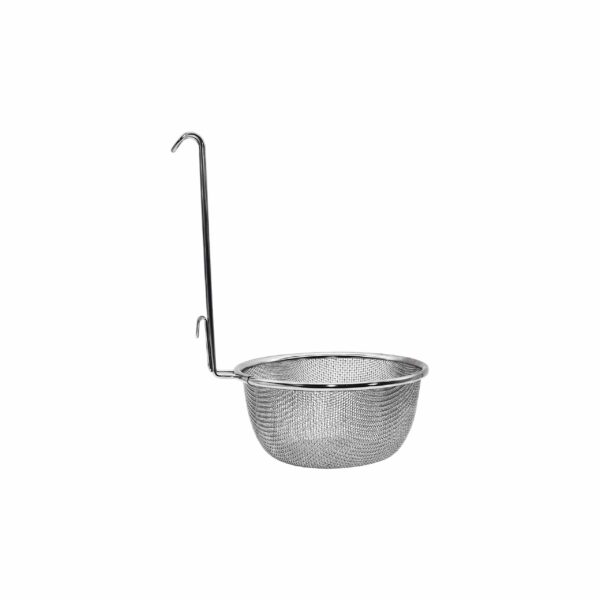
Blog
How can we improve our energy efficiency in the kitchen?
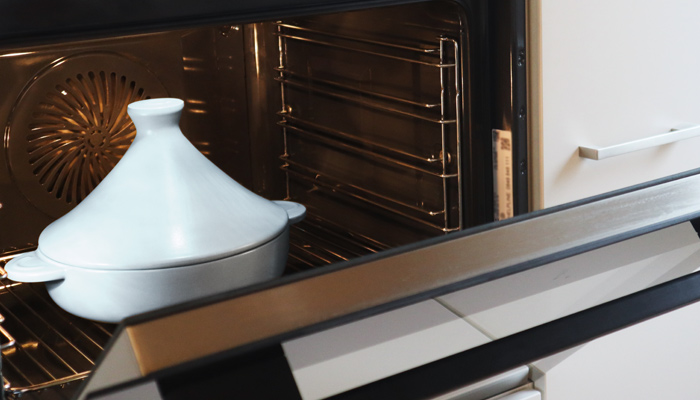
Reading an article from the Institute for Energy Diversification and Saving (IDEA) we discovered that around a fifth of all the energy used in Spain is consumed in homes. The value surprised us, we expected it to be lower but at the same time we thought that it gave us a greater opportunity to contribute our grain of sand to the contribution of the reduction of carbon dioxide (CO22) emissions on the planet and thus also reduce the bill of the light that, so fearfully, reaches us at the end of each month.
In 2020, CO2 emissions in Spain, as a result of electricity production, amounted to 36 million tons of CO2; which, for us to understand each other, would be the same as the weight of some 200,000 planes without passengers. It impresses, right? The good news is that in 2021 a third of all production nationwide will be generated from wind and solar! As expressed in a statement prepared by Red Eléctrica Española (REE), Spain is firmly advancing in the process of ecological transformation, consolidating its leadership in renewable energies in 2021. These sources generated almost 47%, an all-time high!
We continued to investigate a little more and we saw that the room that uses the most electricity in homes is the kitchen. A home consumes on average about 4,000 kWh per year, and only the ceramic hob, oven, refrigerator and freezer already account for more than 35% of this consumption.
Gas stoves are more efficient than electric ones and induction hobs consume 20% less electricity than conventional ceramic hobs. But what can we do about it in an already enabled home? Changing a kitchen is neither a simple nor cheap task, but we can work on the following recommendations:
- Cook with a pot or saucepan with a lid. This simple action can reduce energy consumption by up to 25%! That is why all KUOKO lids have small bulges at the bottom that create a rain effect while we cook. This keeps all foods moist evenly, while retaining and enhancing all the flavor of the ingredients.
- Make sure that the size of your KUOKO Cocotte or Casserole is equal to or slightly larger than the cooking size of your ceramic hob or induction hob. This way you ensure that you are making the most of all the heat generated.
- Cook with ceramic utensils, this material is one of the best in terms of energy efficiency. In this way you can turn off the heat 5-10 minutes before reaching the desired cooking point since the residual heat of the container is high enough to be able to finish cooking without having the fire on. KUOKO ceramics have low thermal conductivity and retain heat for a long time.
- The same as the previous point applies to the oven. It also takes advantage of the residual heat of the oven, together with the heat retention of the ceramic, to finish cooking without having to keep the oven on for so long, and to be able to reduce energy consumption in your kitchen.
- Did you know that every time you open the oven to check the food, you are losing no more and no less than 20% of the stored energy? We recommend that you avoid opening it if it is not necessary.
- If possible, equip your kitchen with efficient appliances according to its energy label (class A being the most efficient).
- Avoid putting hot food in the fridge, as this will increase the temperature of the fridge and it will have to make an energetic effort to recover the assigned temperature. Also make sure that you close the freezer and the fridge well after use, do not leave the door open for longer than you need (how many times have we opened the fridge and stayed for a while looking at what we have, while we decide what to eat? ), and that both the fridge and freezer are set to the right temperature.
Follow all these recommendations (or as many as you can) and you will see that, although these contributions, at first glance, do not mean a great saving, you will see that, in the long run, considering that we use our kitchen every day, you will have contributed and contributed that grain of sand that not only the planet will thank you, but your wallet will too!



